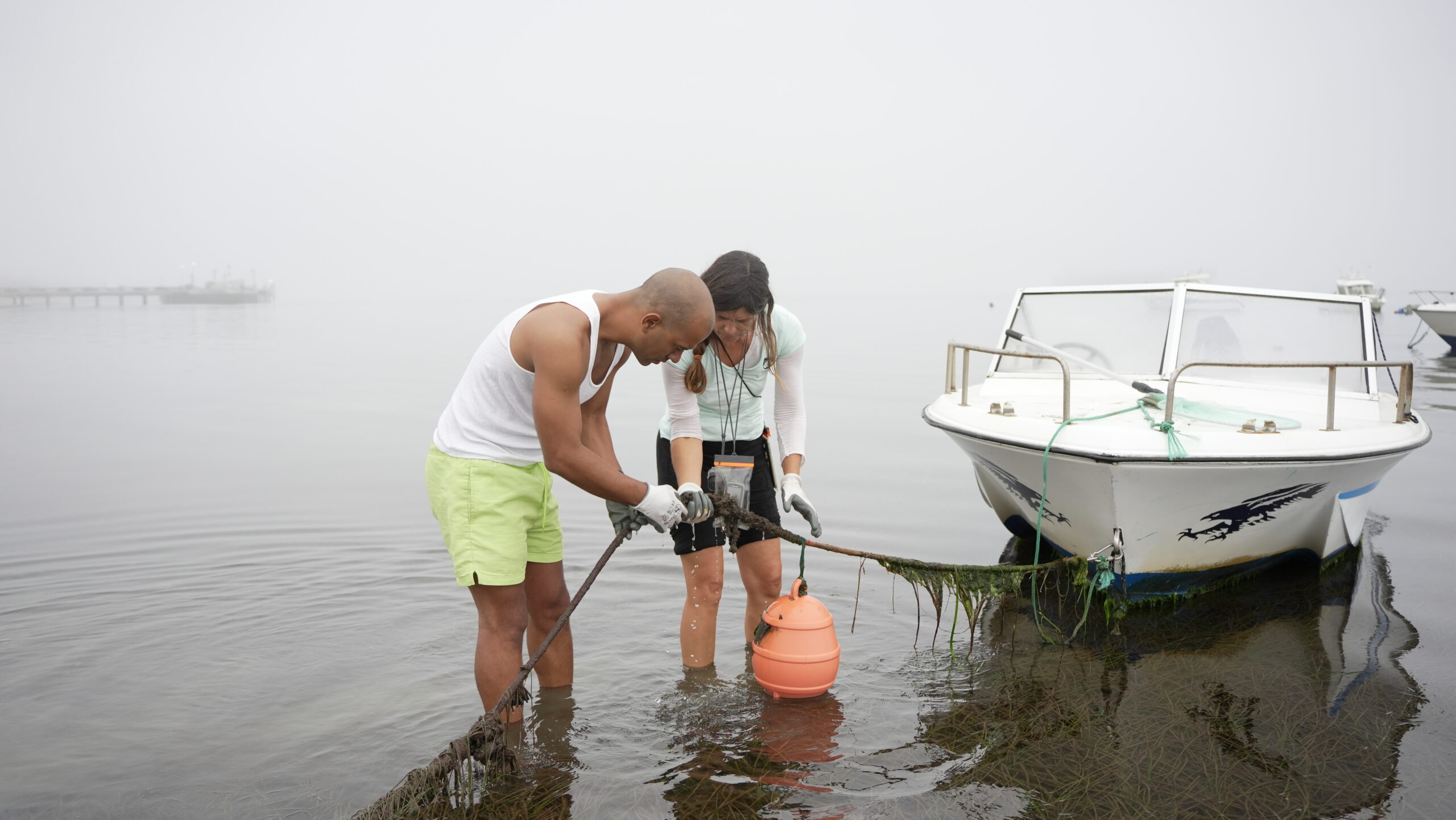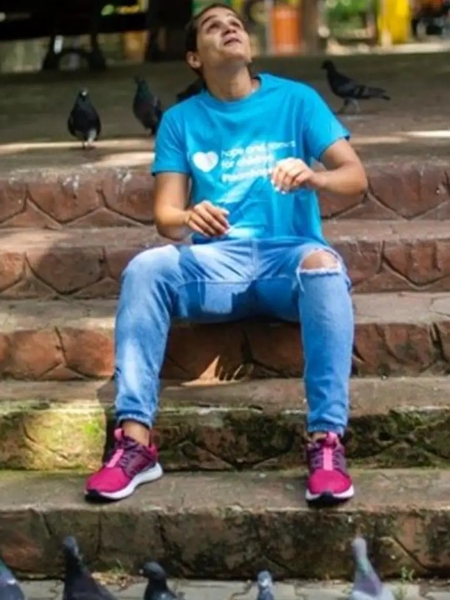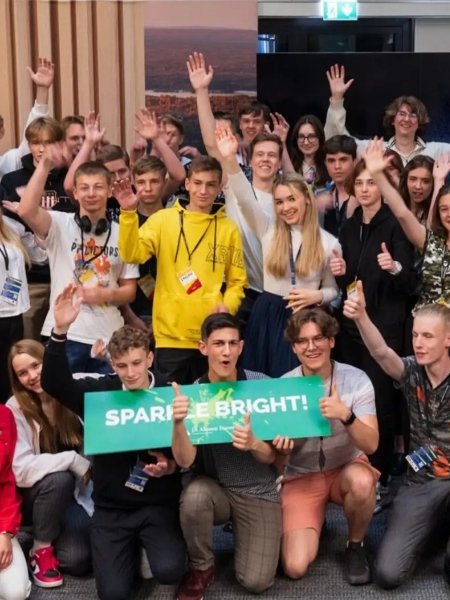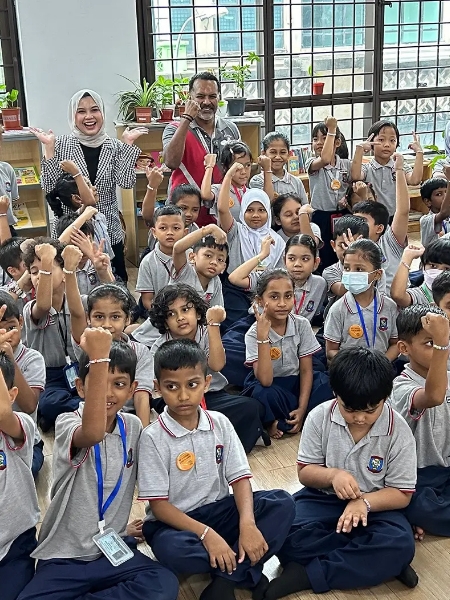Ocean Alive
Think Human Fund
Mission & History
Ocean Alive is a Portuguese non-profit organization co-founded in 2015 by marine biologist Raquel Gaspar. Its mission focuses on marine conservation and the restoration of seagrass meadows, particularly in the Sado Estuary, known for its rich biodiversity. The organization works to protect these vital habitats by engaging the local community, science, and decision-makers. Key strategies include addressing threats to seagrass meadows and creating new professions for local fisherwomen to safeguard these ecosystems, known as Keepers of the Sea.

Country Information
Portugal boasts the third largest maritime area in the EU, with the Sado Estuary on its west coast being the second largest estuary in the country at 180 square kilometers. This estuary is home to high biodiversity, including endangered species like the short-snouted seahorse and the European eel. The estuary supports local Blue Economy activities such as fishing, shellfish harvesting, aquaculture, and tourism. Seagrass meadows in Portugal cover approximately 1,700 hectares and sequester 13% of the carbon stored by blue carbon ecosystems, with a carbon sequestration rate of 3,717 tons/year. The Sado Estuary is crucial for these habitats, supporting three seagrass species listed on the IUCN Red List of Threatened Species. However, seagrass decline affects marine life and the economic stability of fishing communities, especially women.
The Need
There is an urgent need to protect a critical seagrass meadow in the Sado Estuary, covering approximately 19.68 hectares or 9% of the estuary’s seagrass area. This meadow provides essential ecosystem services including:
– Marine Biodiversity: It supports diverse marine life and serves as a nursery for species contributing to global fisheries.
– Socioeconomic Benefits: Local fishing communities depend on it for maintaining fish and shellfish stocks vital for their income.
– Coastal Protection and Climate Mitigation: It aids in coastal protection, nutrient cycling, and carbon sequestration.
The project aims to address seagrass degradation caused by poor anchoring and navigation practices, with a focus on removing mooring anchors to preserve the meadow’s ecological integrity. Continuous advocacy and enforcement are necessary for sustaining and potentially expanding the restored area.
The Project We Fund
The project will focus on:
1. Maintaining the Restored Area: Ensuring that ECM floats prevent further loss.
2. Raising Community Awareness: Educating the local community about the importance of seagrass meadows.
3. Working with Enforcement Bodies: Collaborating with authorities to secure long-term protection by removing anchorage moorings.
The Result
Impact tracking will include:
– Restored Area: Measuring the size of the restored seagrass area.
– Seagrass Density and Canopy Height: Counting seagrass shoots per square meter and measuring canopy height to gauge successful growth.
– Sustainability: Evaluating the health and stability of the restored meadow over one year using scientific methods.
– Engagement and Regulation: Monitoring the involvement of seagrass community users and enforcement bodies and tracking the implementation of local regulations to protect the Soltróia seagrass meadow.







